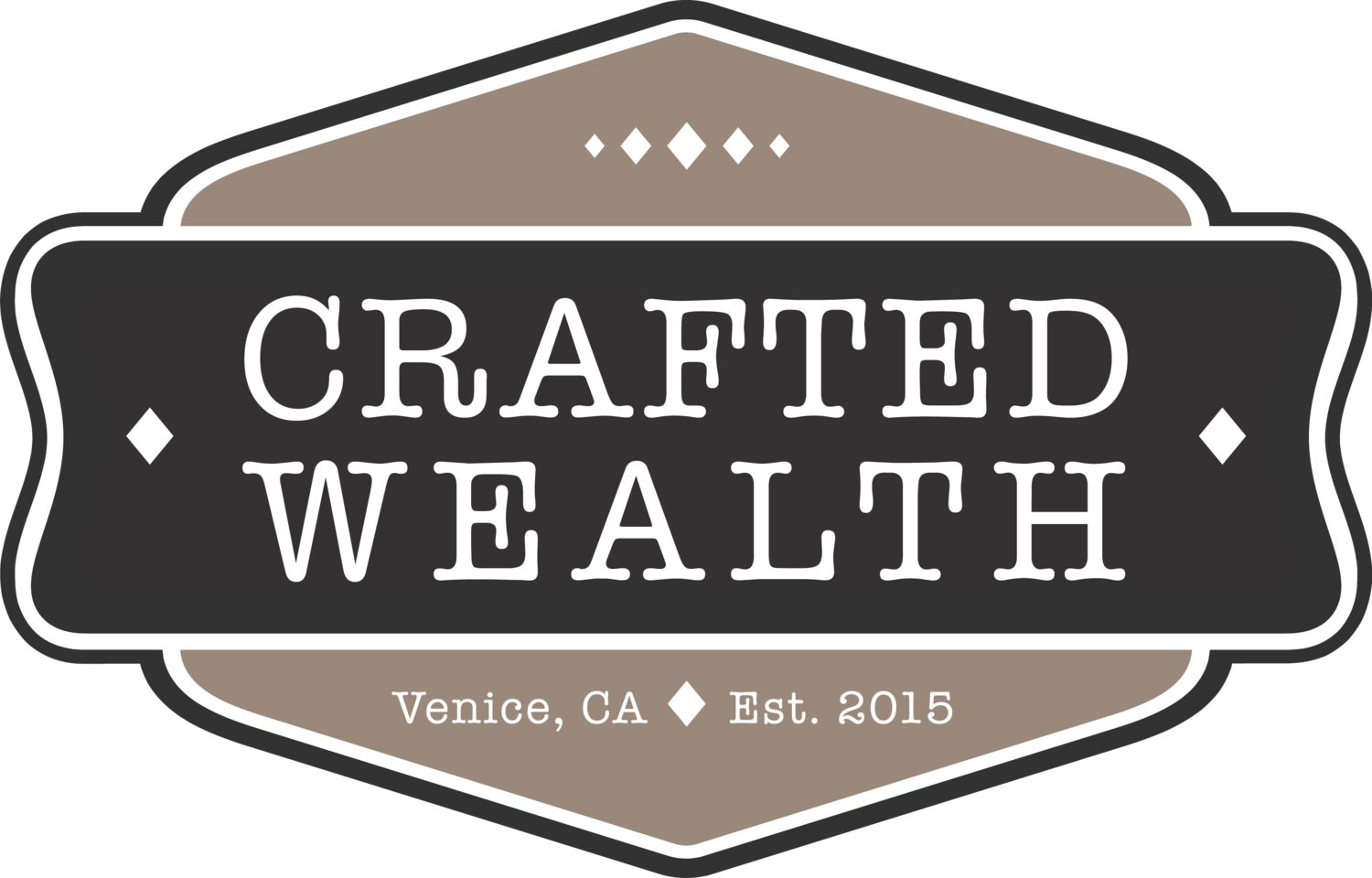Do I need a financial plan?
What about Taxes?
I have a bias on this topic and with good reason. Most people don’t know what financial planning is or what it accomplishes. To build yourself a financial plan, you first need to go through the financial planning process, which is where the real value is found!!
I’m going to share several real world examples of mistakes I found and fixed for my clients that will save them an enormous amount of stress and money over time. This will be a 4 part series: Cash Flow/Budgeting, Insurance, Taxes, and Investments. For each section, I’ll go through The Mistake, The Risk, The Fix, The Savings and then provide a Real World Example. The first part was on Cash Flow/Budgeting here, last week was Insurance here, and this week is all about tax.
Hopefully, through these examples, you can learn a little bit more about what the financial planning process can accomplish and a few red flags you can look for when going through your own finances.
#3 Taxes
Reducing your tax liability is the result of years of appropriate planning. When you create a strategy and follow it your entire life, you will save a significant amount of money on taxes.
The mistake: Saving/Investing into only one tax advantaged account throughout your life.
The risk: This limits your ability when it comes to distributions, including into retirement. Every distribution from a Traditional IRA, 401k, or DB plan is considered income. The more you distribute in any year the larger your tax liability.
The fix: If you still have time to save you can start saving in a tax efficient manner. This can include Roth contributions and tax efficient investments within a taxable account. If you are nearing and into retirement you can consider Roth conversions in years with lower taxable income and increasing tax efficient investments into a taxable account.
The cost: There are pros and cons to every savings strategy. The benefit to Traditional IRA, 401k, and Defined Benefit contribution is that you are reducing current year income to pay tax in the future. When you are switching from Traditional to either Roth or Taxable contributions you will be increasing your current year tax liability.
My most extreme real-world example: The higher your income needs in retirement, the more important proper tax planning becomes. Every dollar you take out of a traditional IRA, 401k, or Defined Benefit plan is taxed as income, that means the more you take out of one of those accounts, the less money you will receive after tax on a percentage basis. The real world example I often see is not planning for large one-time expenditures in retirement when you only have one type of tax-qualified account available. If you buy a car with cash from a retirement account after age 59.5, that $30k car is subject to your tax rate. That could turn it into a $45k-$60k expense after income taxes are paid.
Second most extreme real-world example: Having multiple account types but only taking money out of a taxable account so that you don’t feel the burden of Traditional IRA/401k distributions come tax time. Having a “slow drip” on your Traditional IRA/401k is better in the long run than completely distributing a taxable or Roth in any one year and then taking full distributions from a Traditional IRA/401k the next. Be aware of the long-term impact of your decisions when it comes to making retirement distributions.
The mistake: Not realizing the taxable impact of exercising stock options (ISO, NQSO, Warrants) or selling restricted stock units (RSUs).
The risk: There are various risks to not having a strategy behind liquidating your options and RSUs. In relation to tax, the top two are:
- Not leaving enough cash set aside for the taxable impact
- Not realizing there are separate taxable events between exercising options and then selling them.
The fix:
- At a minimum be aware that you will owe tax on your gains and will owe a balance around April 15th of the year after you exercise. On the more conservative side, set cash aside for the liability. If you know your tax bracket you can use that as a guide for a percentage to set aside.
- If you are willing to hold exercised options for a year, your tax implication will go from short-term to long-term capital gains.
The cost:
- Inability to pay taxes at tax time will result in monthly penalties until your balance is paid off.
- Depending on your income tax bracket this can be a significant amount of money saved on tax. Upwards of 20-30% of your gain.
As you can see, proper tax planning is an extremely important part of your financial planning. We diversify your account types so that you have options when it comes time to start distributing all the dollars you’ve saved throughout your life. So there you have it! Next week I will cover common mistakes I regularly see on your investments and ways to fix. Tune in!


